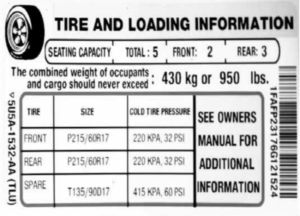Having to read an ebook, e.g. a Kindle book, in a special app, e.g. the Kindle app, can be annoying, especially when you want to copy and paste lots of text. Also, sharing your book can’t easily be done. To fix this these issues, you can remove the DRM (digital rights management) copyright protection from the ebook and then convert the decrypted file to PDF.

Remove DRM from Kindle (azw) file
One program I’ve tried that works is Epubor Ultimate. The version I used was 3.0.10.1025. This initially didn’t work with the version of the Kindle for PC version I had installed but the customer support people at Epubor gave me a link to install an older version of Kindle for PC (1.24.53) and that worked. I had to delete the Kindle book (azw) folder and then in the Kindle for PC program, redownload the ebook. Then, in Epubor Ultimate, I was able to remove DRM from the file.
Convert Kindle ebook (azw) to PDF
In Epubor Ultimate, I was able to easily convert the decrypted azw file to PDF. Now, I can read the ebook anywhere and easily copy and paste text.








